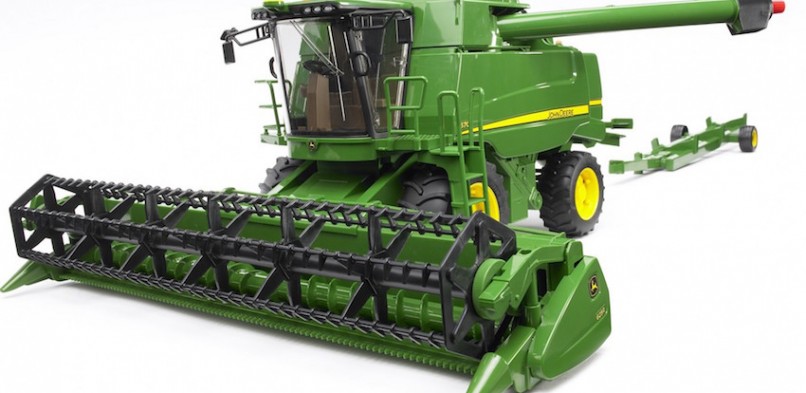Agriculture Hydrostatic Machinery Part 2

Agriculture Hydrostatic Machinery Part 2
March 21, 2016 Comments Off on Agriculture Hydrostatic Machinery Part 2At our Hydrostatic Pump Repair Site, we offer many types of Hydrostatic Transmission Repair and information relating to Hydrostatic Parts
Today we will discuss;
Agriculture Hydrostatic Machinery Part 2
History
Doubtless, the first man to turn from the hunting and gathering lifestyle to hydrostatic farming did so by using his bare hands, and perhaps some sticks or stones. Tools such as knives, scythes, and wooden plows were eventually developed, and dominated agriculture for thousands of years. During this time, almost everyone worked in agriculture, because each family could barely raise enough food for themselves with the limited technology of the day.
With the coming of the Industrial Revolution and the development of more complicated machines, farming methods took a great leap forward. Instead of harvesting grain by hand with a sharp blade, wheeled machines cut a continuous swath. Instead of threshing the grain by beating it with sticks, hydrostatic threshing machines separated the seeds from the heads and stalks.
These Hydrostatic machines required a lot of power, which was originally supplied by horses or other domesticated animals. With the invention of steam power came the steam-powered tractor, a multipurpose, mobile energy source that was the ground-crawling cousin to the steam locomotive. Agricultural steam engines took over the heavy pulling work of horses, and were also equipped with a pulley that could power stationary machines via the use of a long belt. The steam-powered behemoths could provide a tremendous amount of power, both because of their size and their low gear ratios. Their slow speed led farmers to comment that tractors had two speeds: “slow, and damn slow.”
Gasoline, and later diesel engines became the main source of power for the next generation of tractors. These engines also contributed to the development of the self-propelled, combined harvester and thresher, or combine for short. Instead of cutting the grain stalks and transporting them to a stationary threshing machine, these Hydrostatic combines cut, threshed, and separated the grain while moving continuously through the field.
If you need more information on this topic, please leave a comment and will be glad to get with you.
call 800-361-0068
hydrostaticpumprepair.com